2017 February 16
Jeremy Tatum writes: Four items today, numbered 1, 2, 3, 4
There are two butterfly and other invertebrate related items in today’s (February 16) Times-Colonist.
1. I’ll type the first of them (page A3) in full. I have not been involved in this and have no further knowledge of it, but it looks very interesting and it would be great if some of the viewers of this site became involved. If any of you do, let us know how it goes!
The David Suzuki Foundation is recruiting volunteers to act as “butterfly rangers” in Victoria. The Butterfly Project aims to increase habitat spaces for the winged insects in five Canadian cities. “We’re looking at creating patches of butterfly- and bee-friendly habitats,” said Lindsay Coulter, a green-living expert with the Foundation.
In Victoria, 20 to 25 volunteers will be selected for the training, then equipped with seeds. The hope is that they will share the information with neighbours and other community members, Coulter said.
The local butterfly population is on the decline, she said, as a result of habitat loss. But that can be stemmed by avoiding pesticides, replacing grass with pollinator-friendly plants, and taking other measures.
[Jeremy interjects here: Re not using pesticides – refer to our posting for December 29. The forestry people are going to be spraying for the mythical Gypsy Moth again this spring, targeting the Elk Lake area in particular. While some of us are trying to protect butterflies by not using pesticides, others are trying to kill them by widespread spraying from aircraft. Re replacing grass, etc., for more suitable habitat – fine, but do bear in mind that the caterpillars of all our satyrine butterflies and hesperiine skippers, as well many moths, feed on grasses.]
Newspaper article continues:
“We’ll be teaching people about our local situation in Victoria and what the needs are of the native butterfly species and the plants they require,” she said. For example, among the 70 native butterfly species on Vancouver Island, 10 prefer to lay their eggs on Ocean Spray and Stinging Nettle only, she said.
The Foundation is also hosting the project in Richmond, Toronto, Markham and Montreal. The application deadline in February 19. Applications are accepted at davidsuzuki.org/butterflyway
Training will take place March 4 and 5 at Goward House in Oak Bay. Much of the work will take place in the fall, she said. “Part of it is about increasing the local populations of different species, but even more so it’s about getting people out and connecting with their neighbourhoods and building social capital.
Coulter, who will lead the local training, said volunteers will have a curiosity and interest in supporting pollinators, as well as a willingness to reach out to their family, friends and colleagues.
2. Page D7 of today’s (February 16) Times-Colonist also carries an advertisement from the Butterfly Gardens at Brentwood Bay. They are opening a new Insectorium on March 1, and the Grand Opening Week will be from March 1 to March 7, which will exhibit not just butterflies, but other insects and invertebrates from around the world. Although viewers of this site may think of the Butterfly Gardens from a wide range of viewpoints, this will undoubtedly be interesting.
3. I received an email (some of you may have received the same one) about bioblitzes. There are to be three Parks Canada BioBlitzes this year:
1. Fort Rodd Hill May 13 Aimee.Pelletier@pc.gc.ca
2. Pacific Rim National Park May 21 Diana.Lukinuk@pc.gc.ca
3. Pender Island June 10 Athena.George@pc.gc.ca
There’s too much detail in the email for me to reproduce here, but I think many of you know what a bioblitz is, and have participated in one or more before, or would like to participate in one of these, so I have given the contact persons’ addresses above. Get in touch with them if you would like to participate.
4. I have a few Clodius Parnassian ova that Devon Parker found last year, and I have started to keep a daily eye on them to see when they hatch. When they do, I shall urgently need some Bleeding Heart Dicentra formosa. Can anyone tell me where I may find some? Preferably near UVic or my Poplar Avenue apartment, but when the eggs hatch I’ll need to get some Bleeding Heart immediately, no matter how far I have to drive. I don’t need a general statement such as that it is a common and generally-distributed plant in the area, or there are probably some in such-and-such an area. I’ll need an actual precise location where I can guarantee to find a few leaves for some Very Hungry Caterpillars. Suggestions, anyone? jtatum at uvic dot ca
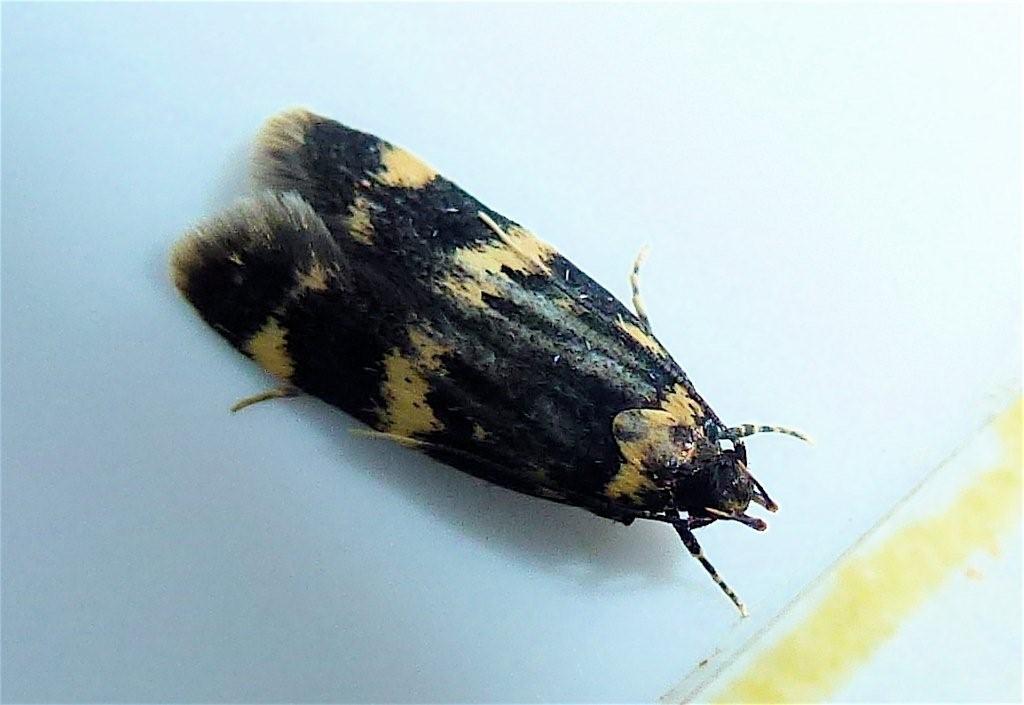
 Oegoconia novimundi (Lep.: Autostichidae) Dar Churcher
Oegoconia novimundi (Lep.: Autostichidae) Dar Churcher
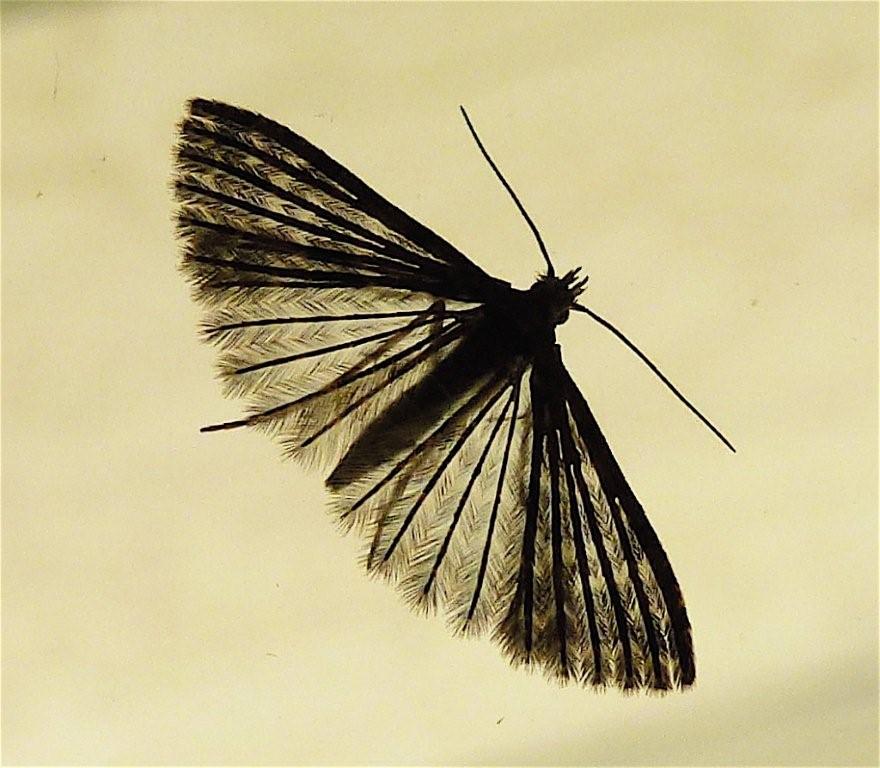
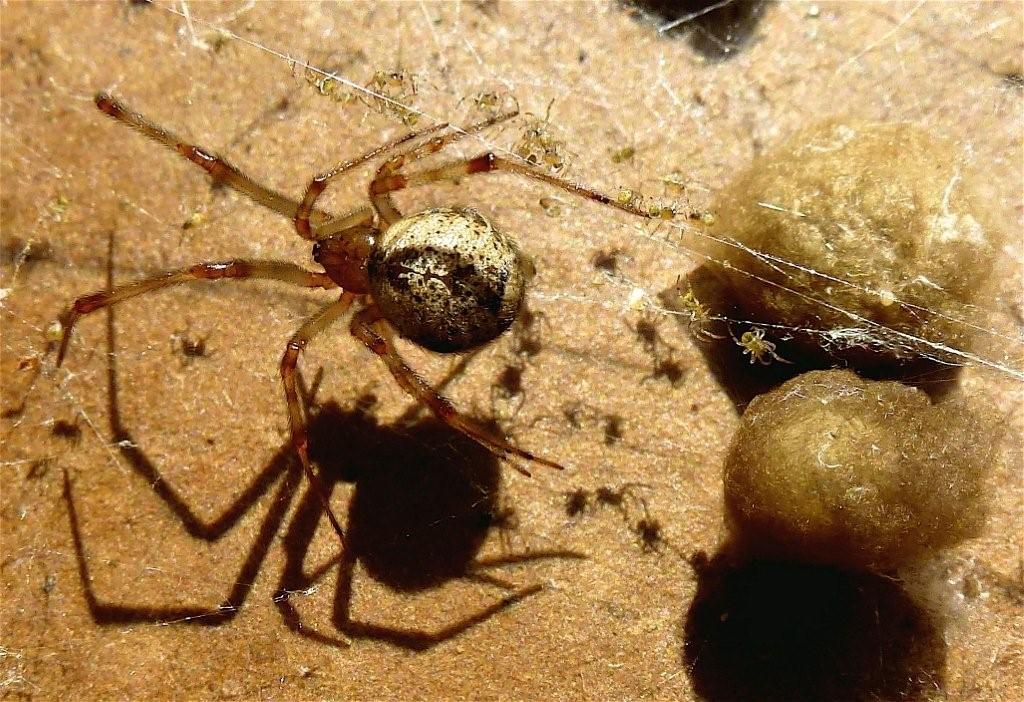
 Parasteatoda tepidariorum (Ara.: Theridiidae) Dar Churcher
Parasteatoda tepidariorum (Ara.: Theridiidae) Dar Churcher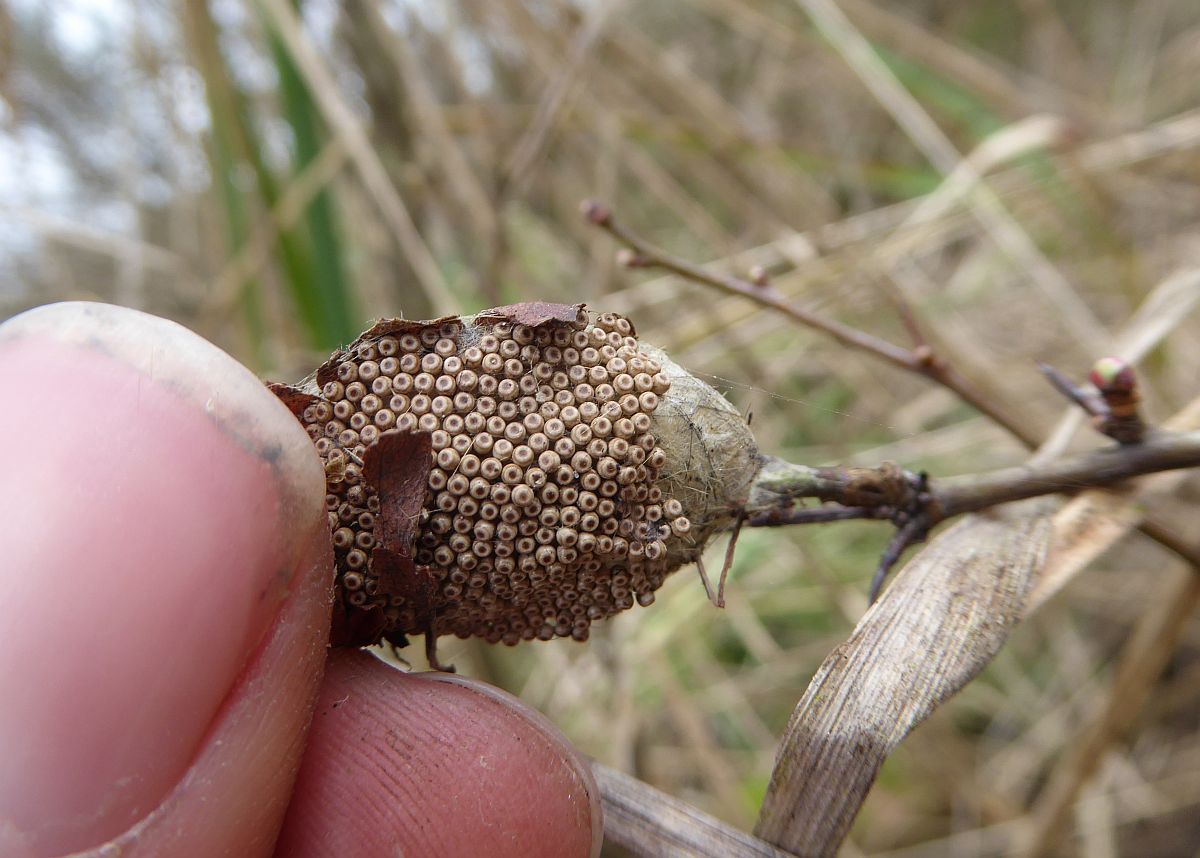
 Vapourer Moth Orgyia antiqua (Lep.: Erebidae – Lymantriinae) Ian Cruickshank
Vapourer Moth Orgyia antiqua (Lep.: Erebidae – Lymantriinae) Ian Cruickshank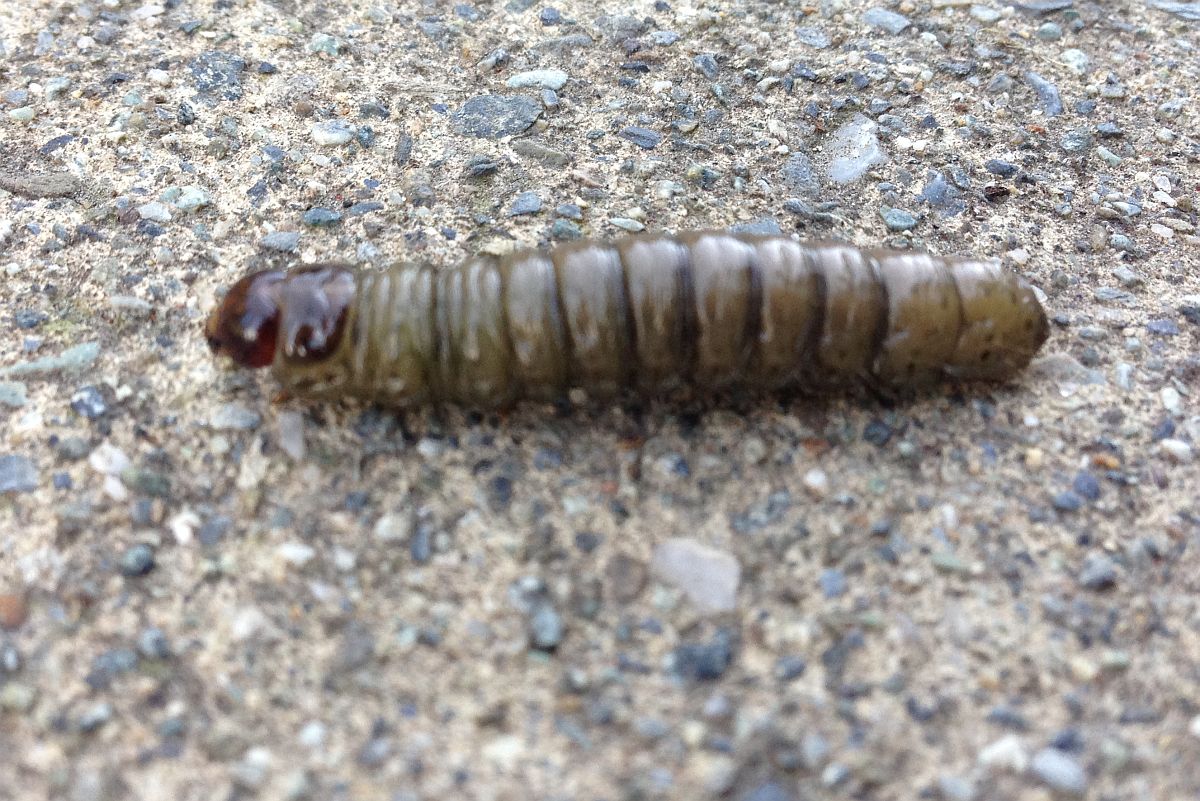
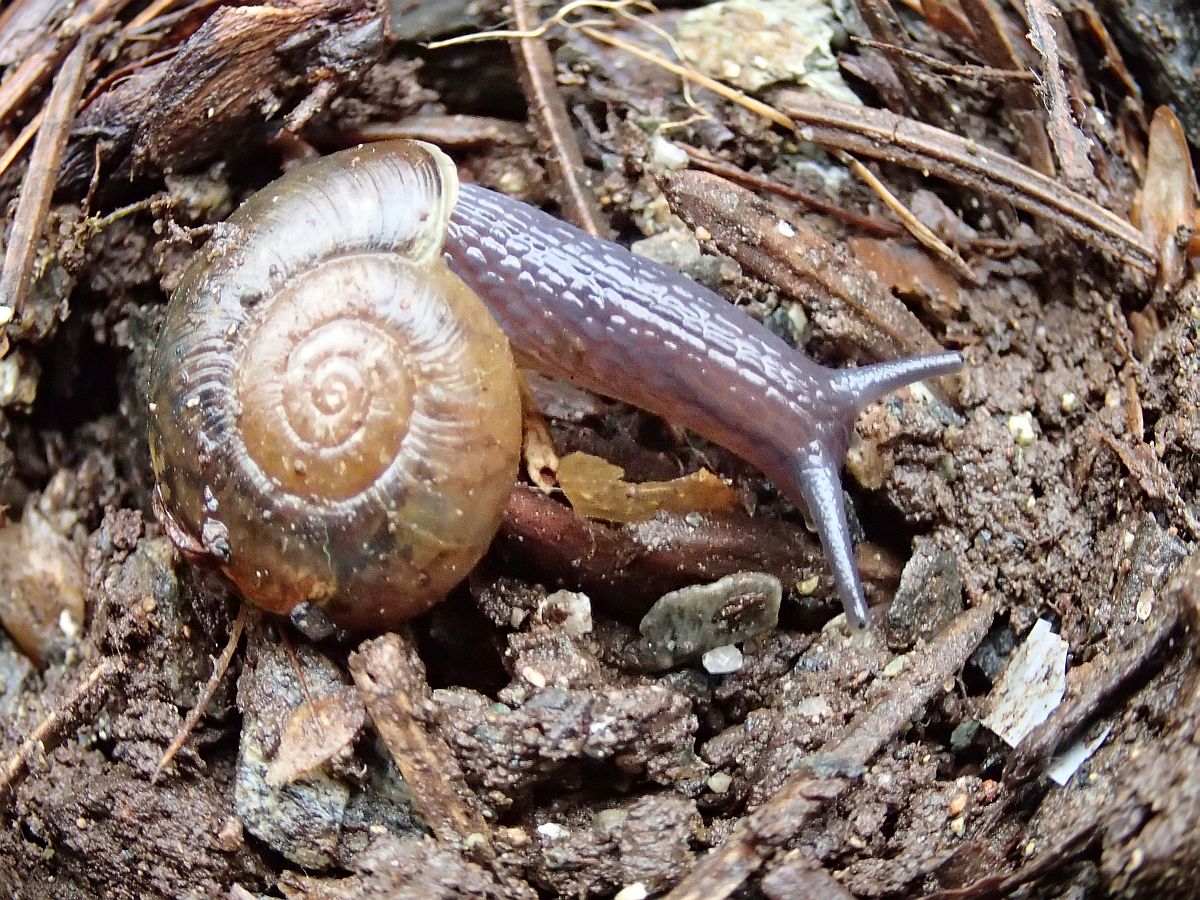
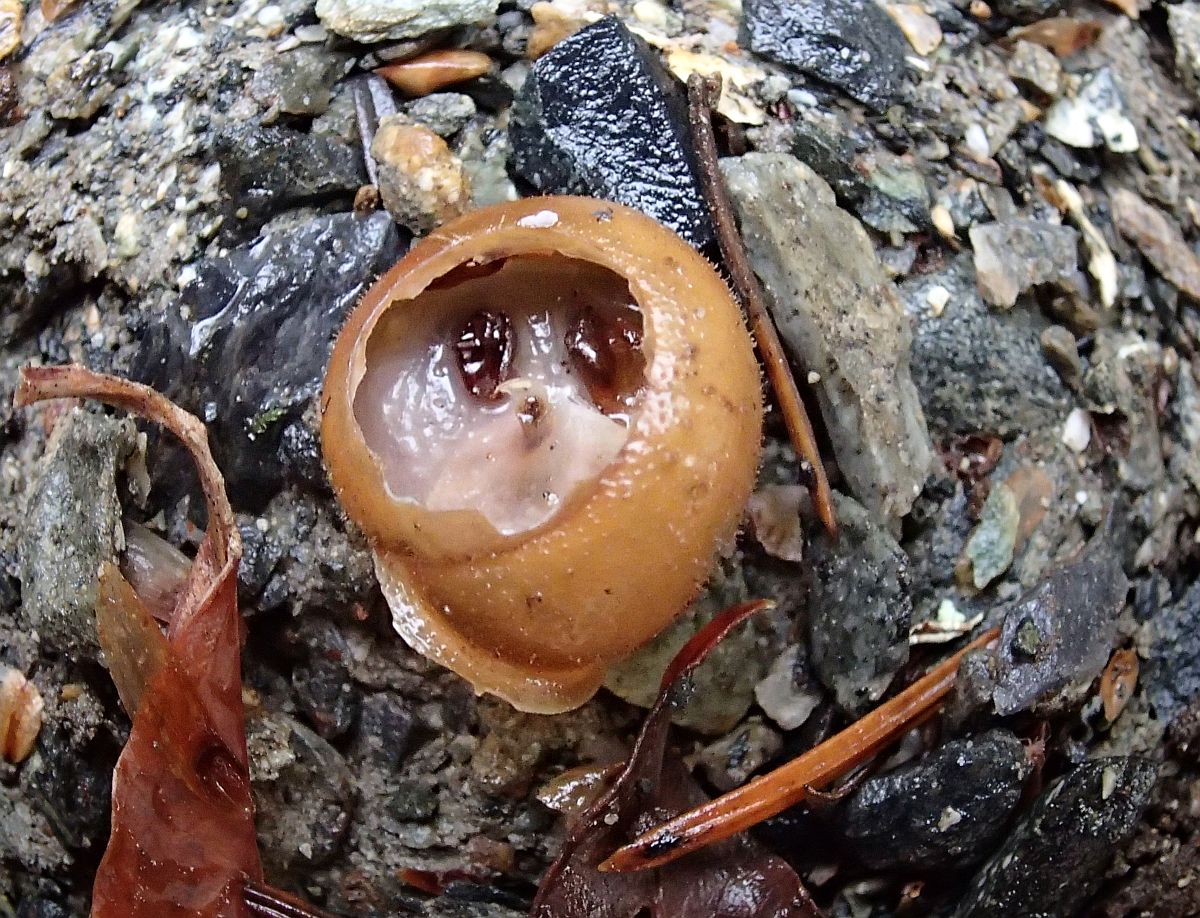
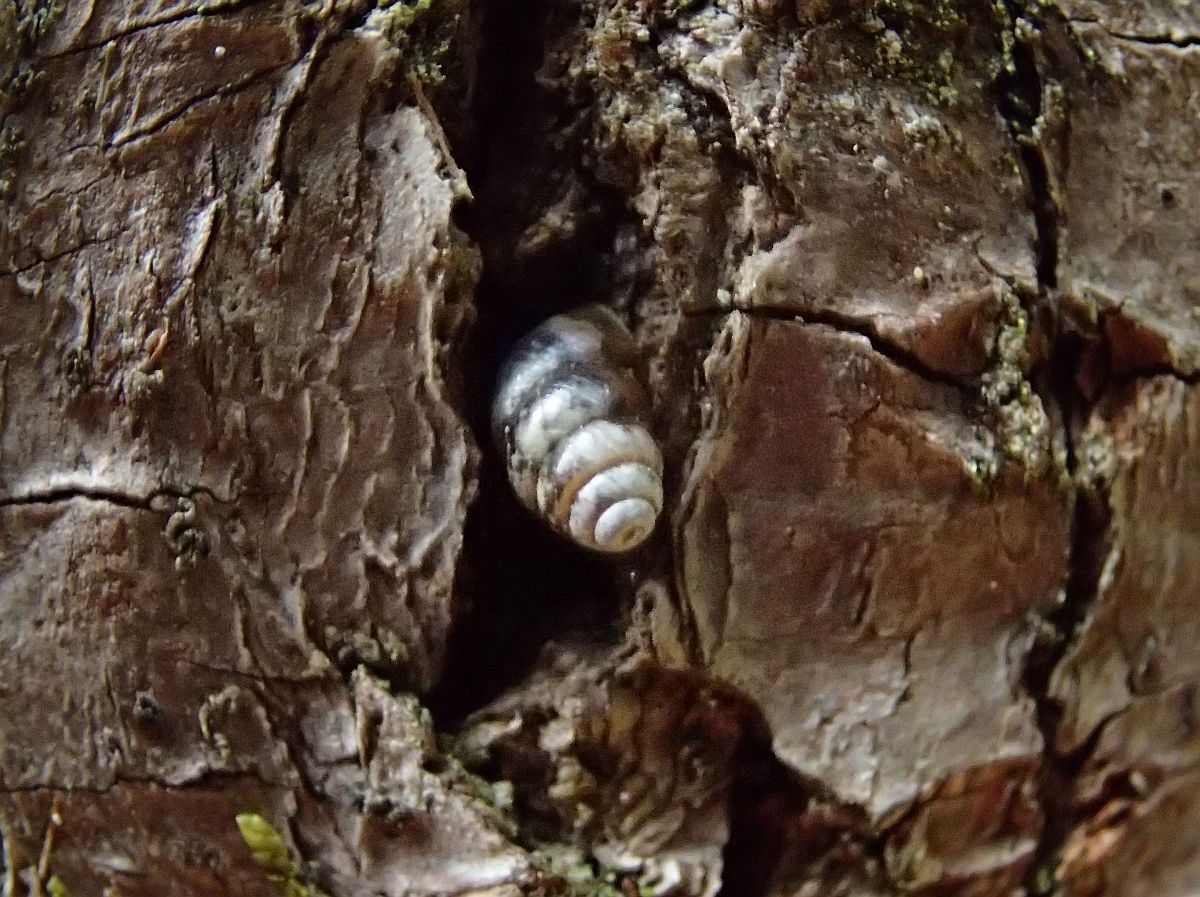
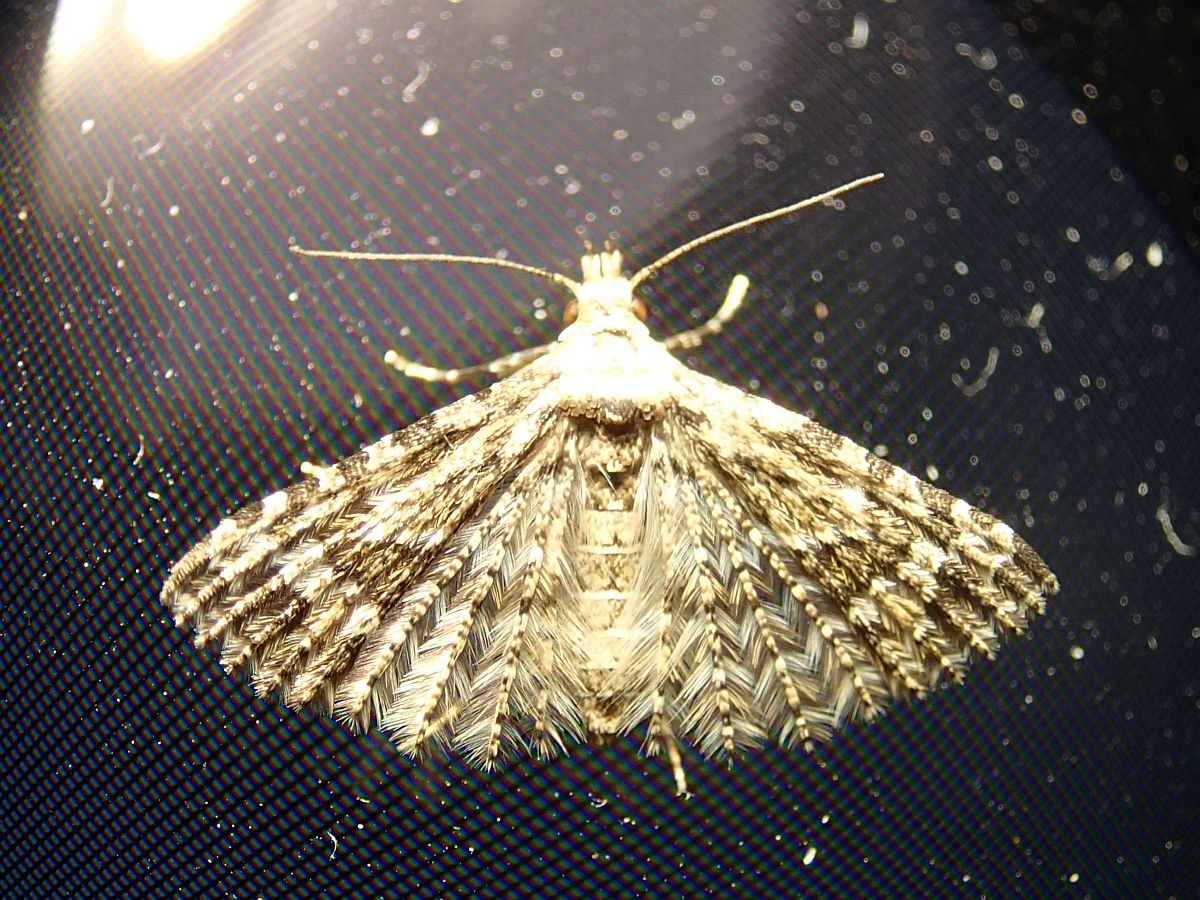
 Alucita montana (Lep.: Alucitidae) Rosemary Jorna
Alucita montana (Lep.: Alucitidae) Rosemary Jorna